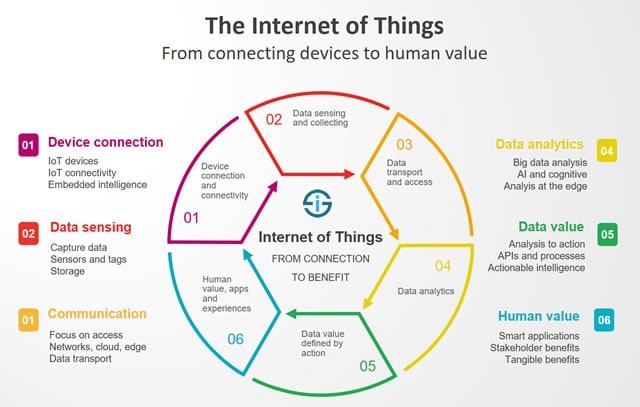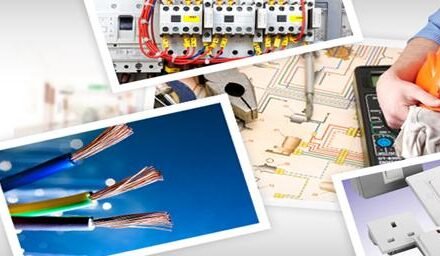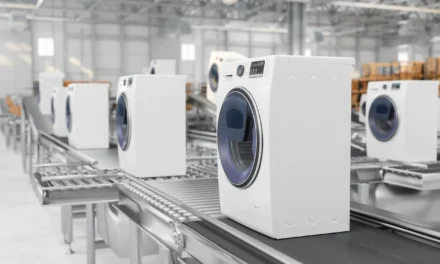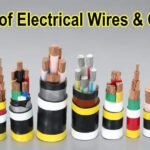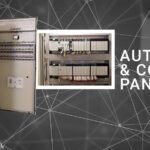The Internet of Things (IoT) has had a profound impact on the design of electronic products, transforming how devices are conceived, built, and used. IoT refers to the network of physical devices, vehicles, appliances, and other objects embedded with sensors, software, and connectivity to exchange data over the internet. As IoT technologies become more widespread, the design of electronic products has adapted in several ways:
1. Connectivity and Communication Standards:
- Integration of Connectivity: One of the primary design changes driven by IoT is the requirement for products to be connected to the internet or other networks. Electronics now need to include Wi-Fi, Bluetooth, Zigbee, LoRa, or 5G capabilities, allowing devices to communicate and exchange data with each other or with central control systems.
- Low-Power Connectivity: Many IoT devices are battery-operated, so designers often opt for low-power communication protocols like Bluetooth Low Energy (BLE) and Zigbee, which enable long battery life without compromising functionality.
2. Miniaturization and Form Factor:
- Smaller and Compact Designs: IoT devices are often designed to be small and lightweight so that they can easily integrate into everyday objects without adding bulk. This requires miniaturization of components like sensors, processors, and antennas while maintaining or improving performance.
- Flexible and Wearable Designs: As IoT devices increasingly expand into wearable technology (smartwatches, fitness trackers, smart clothing, etc.), the design emphasis is on creating flexible, lightweight, and comfortable products that can seamlessly integrate into users’ daily lives.
3. Power Efficiency and Energy Harvesting:
- Energy-Efficient Components: Many IoT devices are expected to operate for extended periods on small batteries, so energy efficiency becomes a critical design factor. Low-power processors, energy-efficient sensors, and smart power management systems are now standard in IoT product design to ensure prolonged battery life.
- Energy Harvesting Solutions: Some IoT products, especially those used in remote or hard-to-access locations (like industrial sensors), are designed to capture ambient energy from sources like light, heat, or motion (through solar cells, piezoelectric devices, etc.) to power the devices and eliminate the need for frequent battery replacements.
4. Sensors and Actuators:
- Incorporating Sensors: A defining feature of IoT devices is the use of sensors that collect real-world data (e.g., temperature, humidity, pressure, motion, or heart rate). As a result, electronics now need to integrate a variety of sensor types, such as temperature sensors, motion sensors, proximity sensors, gas sensors, and more.
- Actuators and Response Mechanisms: IoT devices not only collect data but often act on that data. This means integrating actuators (mechanical components that enable movement, such as motors or servos) to perform actions like adjusting thermostats, opening doors, or controlling the flow of liquids in smart systems.
5. Processing Power and Edge Computing:
- Edge Computing: As IoT systems generate vast amounts of data, some of this data needs to be processed quickly and efficiently. Designers are incorporating edge computing capabilities into IoT devices, allowing data to be processed locally, on the device itself, or in nearby network nodes, rather than relying on remote cloud servers.
- Onboard Microcontrollers and Microprocessors: IoT devices are increasingly designed with small, low-power microcontrollers (MCUs) or system-on-chips (SoCs) that can handle local processing, sensor data collection, and communication. This enables faster responses and reduces reliance on cloud computing for basic tasks.
6. Data Security and Privacy:
- Security Integration: With the growth of IoT, data security becomes a critical aspect of product design. IoT devices need to be designed with robust security measures like data encryption, secure boot mechanisms, authentication protocols, and firewall capabilities to protect against cyberattacks and safeguard user data.
- Privacy Considerations: Since IoT devices often collect sensitive data (such as health information, location data, or personal preferences), designers must prioritize user privacy by incorporating features like data anonymization, user consent protocols, and secure storage of sensitive information.
7. Interoperability and Standards Compliance:
- Ensuring Compatibility: IoT devices need to work seamlessly with other devices and platforms. This drives the need for standardized communication protocols (like MQTT, CoAP, HTTP) and industry standards to ensure interoperability between devices from different manufacturers.
- Cloud Integration and Ecosystem Design: Many IoT devices are part of a broader ecosystem that connects to cloud platforms or other devices. Product designers must ensure that the device can easily integrate with various platforms (e.g., Amazon Alexa, Google Assistant, Apple HomeKit) and support over-the-air software updates.
8. Remote Management and Control:
- User Interfaces and Apps: As IoT devices often operate remotely, there is a strong emphasis on providing intuitive user interfaces. Designers often develop accompanying mobile apps, web dashboards, or voice-controlled systems that allow users to monitor, control, and configure devices from anywhere.
- Automation and Machine Learning: IoT devices are often designed with automation capabilities that allow them to operate autonomously based on data inputs. Incorporating machine learning algorithms enables devices to learn from user behavior, adapt to changing environments, and predict user needs, making devices smarter over time.
9. Environmental Considerations and Sustainability:
- Eco-friendly Materials and Design: With the increasing focus on sustainability, designers are opting for recyclable materials, eco-friendly packaging, and energy-efficient components to reduce the environmental impact of IoT products.
- Durability and Longevity: Many IoT devices, especially those used in industrial and outdoor environments, are designed for ruggedness to withstand harsh conditions, weather, and wear and tear. This includes waterproofing, dust resistance, and shock resistance to ensure long-term functionality.
10. Cost and Scalability:
- Affordability: As the IoT market grows, there is a need for low-cost IoT devices that are affordable for a wide range of consumers. This drives designers to focus on cost-effective production methods, simplified designs, and the use of mass-produced components to make IoT devices more accessible to the mass market.
- Scalability for Deployment: In industrial IoT applications, devices often need to be scalable to support large deployments. This may involve designing products that are easy to install, configure, and manage in large numbers (e.g., in smart factories, smart cities, or agricultural settings).
Conclusion:
The Internet of Things has significantly influenced the design of electronic products by emphasizing connectivity, miniaturization, energy efficiency, and security. Designers must incorporate sensors, communication systems, and advanced processing capabilities while ensuring that devices are secure, interoperable, and capable of handling vast amounts of data. As IoT technology evolves, so too will the design and capabilities of electronic products, resulting in smarter, more efficient, and more interconnected devices that improve daily life across various industries.
Hashtags
#IoTEnabledDevices #IoTTechnology #SmartElectronics #ConnectedDevices #IoTProductDesign #IoTIntegration #IoTSmartProducts #SmartProductDesign #IoTInElectronics #FutureOfElectronics #IoTDesignChallenges #IoTProductDevelopment #IoTDesignSolutions #SmartDeviceDesign #ConnectivityChallenges #IoTInteroperability #SeamlessConnectivityDesign #IoTCompatibility #DesigningForIoT #IoTIntegrationChallenges #IoTUserExperience #SmartProductUX #ConnectedUXDesign #UserFriendlyIoT #IoTInterfaceDesign #IoTExperienceDesign #UXForIoTProducts #IntuitiveIoTDesign #IoTForBetterUX #SmartInterfaceDesign #MiniaturizationForIoT #SmallSizeSmartDevices

